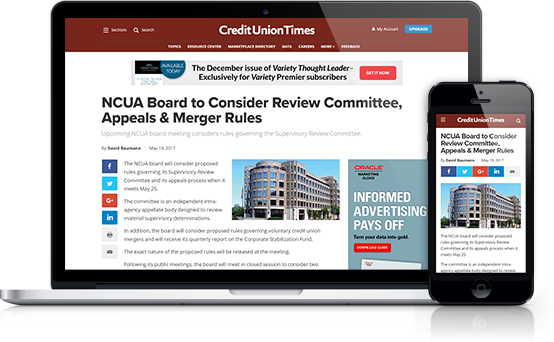WASHINGTON — Entering its fifth year of gestation, the Credit Union Regulatory Improvements Act (H.R. 1537) is closer than ever to becoming reality.
CURIA 2007 has reached 138 co-sponsors in addition to primary co-sponsor House Capital Markets Chairman Paul Kanjorski (D-Pa.), representing nearly one-third of the House, CUNA Senior Vice President of Legislative Affairs John Magill said. Not only are there a lot of sponsors but many are subcommittee chairs or other higher ranking members. A hearing had been promised for this session of Congress but as they recessed at the end of last week, chances were decreasing but in the crazy business at the end of an extended congressional session, lobbyists said anything could happen.
While CURIA contained many of the same provisions as previous iterations, some were tweaked and some were added. CURIA still contains the key provision to modernize credit unions' capital structure to a risk-based scheme. However, each capital category was increased 25 basis points to bring them more in line with the capital system for the banks at the behest of Treasury. According to former CUNA lobbyist Dean Sagar, the Senate had previously refused to add the risk-based capital proposal to the regulatory relief bill without Treasury's blessing.
Continue Reading for Free
Register and gain access to:
- Breaking credit union news and analysis, on-site and via our newsletters and custom alerts.
- Weekly Shared Accounts podcast featuring exclusive interviews with industry leaders.
- Educational webcasts, white papers, and ebooks from industry thought leaders.
- Critical coverage of the commercial real estate and financial advisory markets on our other ALM sites, GlobeSt.com and ThinkAdvisor.com.
Already have an account? Sign In Now
© 2024 ALM Global, LLC, All Rights Reserved. Request academic re-use from www.copyright.com. All other uses, submit a request to [email protected]. For more information visit Asset & Logo Licensing.









